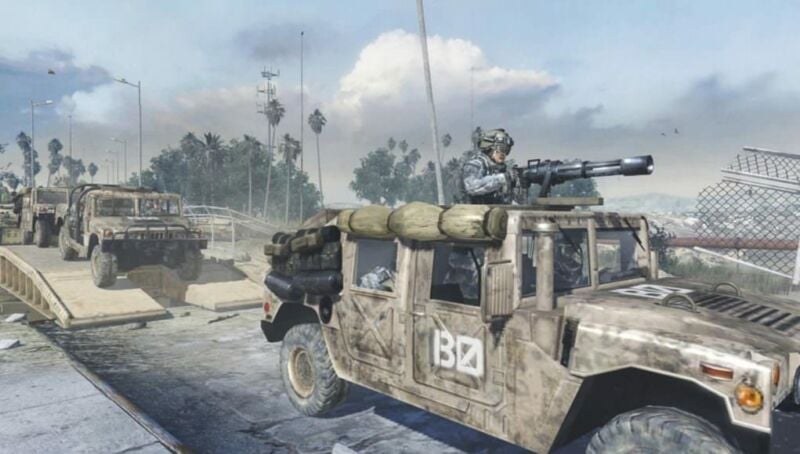Law & Politics
The Wildly Popular Video Game ‘Call of Duty’ Is Now Officially a Work of Art, According to New Court Ruling
The ruling establishes some legal precedence for video games to be called artworks.

The ruling establishes some legal precedence for video games to be called artworks.

Sarah Cascone

Are video games works of art? They are indeed, at least according to one recent legal decision.
Last month, a New York judge ruled in favor of the video-game developer Activision Blizzard in a lawsuit brought by the carmaker AM General alleging that the appearance of Humvees in the popular modern warfare video game Call of Duty misled consumers into thinking that “AM General licenses the games.”
The court found that any confusion was minimal because the two companies’ primary markets and products are so different from one another.
In his ruling, District Judge George B. Daniels also wrote that the game’s inclusion of Humvees, which have been used by the US Department of Defense since 1983 and are a universally recognized symbol of the American military, enhances the realism of the game.

A Humvee as depicted in Call of Duty. Image courtesy of Activision Blizzard.
“If realism is an artistic goal, then the presence in modern warfare games of vehicles employed by actual militaries undoubtedly furthers that goal,” he wrote, granting Activision’s request for summary judgement.
The presence of the vehicles in the game is protected as an “‘integral element’ of artistic expression rather than a willful attempt to garnish the trademark owner’s goodwill for profit,” he ruled, quoting an earlier ruling protecting the use of trademarks in works of art.
For gamers who have long argued in favor of video games as an art form, the decision is a landmark one.
“When a ruling is handed down it becomes precedent,” intellectual property lawyer Leila Amineddoleh told the Art Newspaper. “This may encourage other video game creators and artists to more aggressively protect their rights because it shows a willingness by the court to recognize this medium as art.”

A Humvee as depicted in Call of Duty. Image courtesy of Activision Blizzard.
There are already other precedents for deeming video games works of art. The Museum of Modern Art began acquiring classic arcade games, such as Pacman, and other titles, including Myst and SimCity2000, for its collection in 2012. And the National Endowment for the Arts has offered grants for video game creators since 2011, when it expanded its “Arts on Television and Radio” program, renaming it “Arts in Media.”
That same year, video games were granted First Amendment protections in a Supreme Court ruling striking down a California law preventing the sale of violent video games to children.
By acknowledging the artistic merit of Call of Duty, Daniels has made another important legal ruling by defending the idea that video games are artworks.
“This appears to be the first lawsuit where that artistic protection has been tested for a specific game and licensing dispute, rather than a designation broadly applied to games as a whole,” according to CCN.